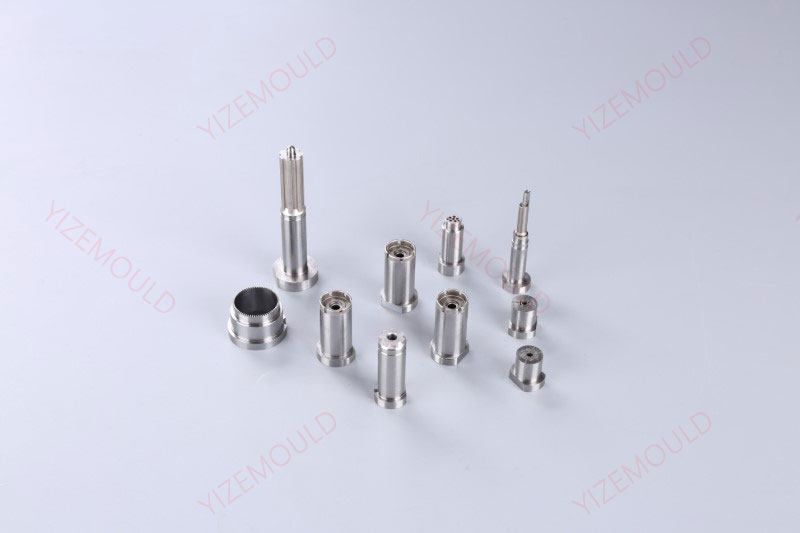Does carbide wear out?
Carbides undergo wear out use, Despite being used as mechanical parts, cutting tools, or mining and drilling tools. Before discussing the wear issues of cemented carbide, it’s essential to understand […]
Carbides undergo wear out use, Despite being used as mechanical parts, cutting tools, or mining and drilling tools. Before discussing the wear issues of cemented carbide, it’s essential to understand its basic role and performance requirements in various application areas. Due to its high hardness, wear resistance, strength, and chemical stability, cemented carbide is widely used in mechanical manufacturing, toolmaking, mining, and oil drilling. However, even such high-performance materials cannot completely avoid wear. This article will explore the wear issues of cemented carbide in three aspects: as mechanical parts, as cutting tools, and in their application in mining and oil drilling.

Our factory business: carbide parts, mold parts, medical injection molds, precision injection molds, teflon PFA injection molding, PFA tube fittings. email: [email protected],whatsapp:+8613302615729.
Carbide wear mechanisms
1. application in mechanical parts
In mechanical parts, cemented carbide primarily experiences wear through friction. Friction wear can be divided into wear caused by mechanical action and wear caused by chemical reactions. The friction wear mechanism of cemented carbide depends on its interaction with the mating material, as well as the stress and environmental conditions it endures.
2. application in cutting tools
The wear of cemented carbide cutting tools mainly includes abrasive wear, adhesive wear, diffusive wear, and chemical wear. These wear forms are related to the contact intensity of the tool edge with the workpiece, temperature, and the properties of the workpiece material. For example, abrasive wear occurs during the cutting process when hard points scratch the tool surface, while adhesive wear is due to the relative movement of microscopic particles on the tool surface.
3. application in mining and oil drilling tools
In mining and oil drilling, cemented carbide tools are subjected to extreme pressure and wear conditions. The wear on the tool surface is usually due to contact with rocks or other hard materials, including microscopic cracks on the cutting surface and the spalling of abrasive particles.
Prevention of carbide wear
- Changing Hard Phase Structure: Using special shapes, compositions, and nano-crystalline structures in hard phases can mitigate wear.
- Adjusting Process Parameters: Wear can be reduced by adjusting cutting speed, feed rate, and cutting angle.
- Using Tool Coatings: Applying coatings such as Tic, TiN, TiCN, and Al2O3 composite multi-layers or other compound coatings can effectively prevent wear.
Related Posts
- Unveiling the Key Factors Affecting the Lifespan of Tungsten Carbide Bushings
- Tungsten Carbide Punch Maintenance Tips: The Essential Guide to Extending Lifespan
- Comprehensive Analysis of Tungsten Carbide Machining Advantages
- Key Considerations for Using Tungsten Carbide Parts: What You Need to Know!






